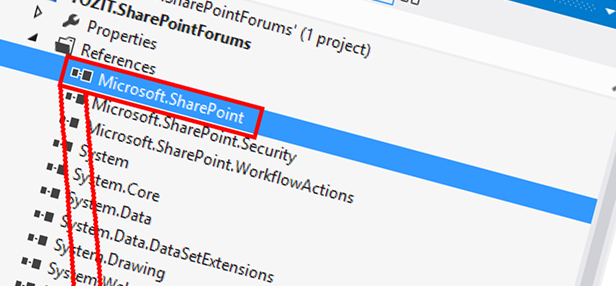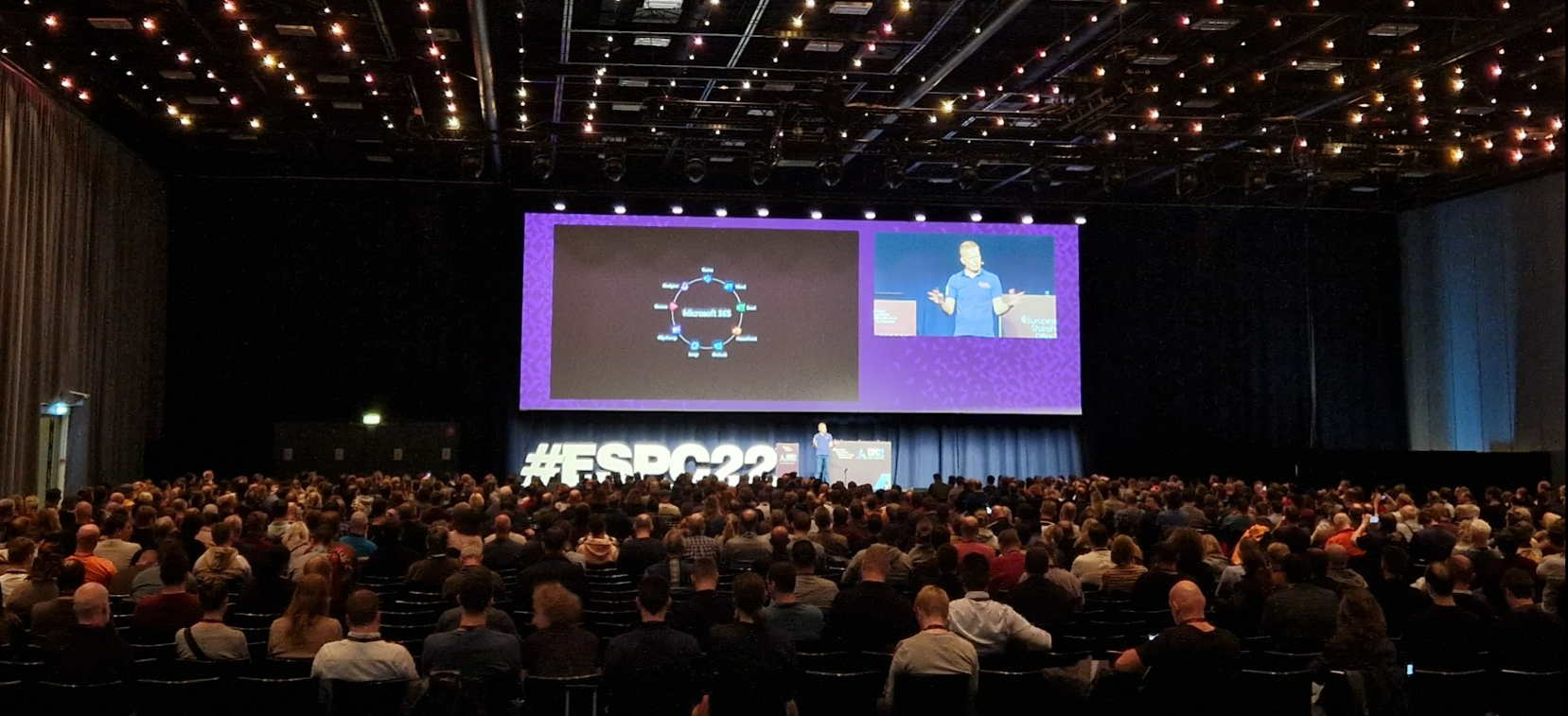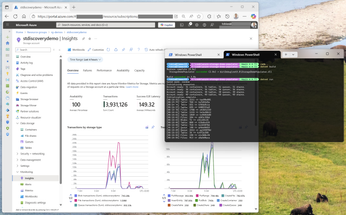
Upgrading your SharePoint 2010 Visual Studio projects and solutions to SharePoint 2013
Author: Tobias Zimmergren
http://www.zimmergren.net | http://www.tozit.com | @zimmergren
Introduction
Recently someone asked me about how to attack the major pain of upgrading their custom coded projects and solution from SharePoint 2010 to SharePoint 2013. Given that question and my experiences thus far I’ll try to pinpoint the most important things to consider when upgrading. There’s TONS of things you need to consider, but we’ll touch on the most fundamental things to consider just to get up and running. After that I’m sure you’ll bump into a few more issues, and then you’re on your way ;-)
Keep your developer tools updated
Visual Studio 2012 Update 1
The first step is to make sure that you’re running the latest version of Visual Studio 2012. As of this writing that means you should be running Visual Studio 2012 and then apply the Visual Studio 2012 Update 1 pack (vsupdate_KB2707250.exe) if it isn’t installed on your system already.
Download Visual Studio 2012 Update 1 here: http://tz.nu/Y28FCd
Visual Studio 2012 Office Developer Tools
The second step is to make sure you’ve got the latest developer tools for SharePoint installed. The package comes as an update in the Web Platform Installer which I urge you to have installed on your dev-box if you for some reason don’t already have it installed.
So, launch the Web Platform Installer and make a quick search for “SharePoint” and you should see the new developer tools there (note that the release date is 2013-02-26, which is the release date for the RTM tools):
[ et/content/images/2013/03/image.png)
et/content/images/2013/03/image.png)
Select the “Microsoft Office Developer Tools for Visual Studio 2012” and click “Add“. It will ask you to install a bunch of prerequisites which you should accept if you want to continue:
[ et/content/images/2013/03/image1.png)
et/content/images/2013/03/image1.png)
Let the tools be installed and the components updated. This could take anywhere from a few seconds to a few Microsoft minutes. It took about 5 minutes on my current development environment, so that wasn’t too bad.
[ et/content/images/2013/03/image2.png)
et/content/images/2013/03/image2.png)
Once the tools are installed, you are ready to get going with your upgrade.
Open your projects/solutions after upgrading Visual Studio 2012 with the latest tools
When the tools have been successfully installed and you open your solution the new tools will be in effect. If you’re opening a SharePoint 2010 project that you wish to upgrade to SharePoint 2013, you’ll get a dialog saying “Do you want to upgrade to a SharePoint 2013 solution? Once the upgrade is complete, the solution can’t be deployed to SharePoint 2010. Do you want to continue?”
[ et/content/images/2013/03/image3.png)
et/content/images/2013/03/image3.png)
Hit Yes if you get this dialog. If you want to upgrade your project to SharePoint 2013.
Once the project is loaded and have made all the necessary changes to the project files (which it now does automatically, unlike in the beta/preview tools where we had to do some manual tweaks), you should get an upgrade report telling you how things went. Hopefully there’ll be no Errors, only warnings and Messages.
[ et/content/images/2013/03/image4.png)
et/content/images/2013/03/image4.png)
If you check out the assembly references in your project that are pointing to any SharePoint assemblies, note that they have automatically been updated to the correct version of the SharePoint 2013 assembly:
[ et/content/images/2013/03/image5.png)
et/content/images/2013/03/image5.png)
Additional notes
If you upgraded without the latest version of the developer tools you only had the option to launch your projects in 2013-mode if you manually went into the .csproj file to modify (or add if one of them were missing) the following two lines:
v4.5 15.0
This was true when the developer tools were in Preview/beta. But now when they’re released to RTM you shouldn’t be doing those manual hacks anymore. Trust the tools!
Tip: Some general code updates that may be required
When you deploy artifacts to the SharePointRoot folder in SharePoint 2013 they are now deployed to the /15 folder instead of the older /14 folder. SharePoint 2013 has a much better support for upgrade scenarios than previous versions of SharePoint (2010) which is why we’ve got the double hives. So, if you want to properly upgrade your solution you should also make sure to replace all the paths in your project from:
Path to the Images folder
From the images folder:
/_layouts/images/
To
/_layouts/15/images/
Path to the layouts folder
Make sure to not forget the general layouts path:
/_layouts/
To:
/_layouts/15/
Path to the ControlTemplates folder
Also make sure to replace the following paths:
/_controltemplates/
To:
/_controltemplates/15/
Well you get the general idea here.. Should you find paths pointing to your old 14-hive instead of the new 15-folder, make sure to change the path/url.
Tool-tip
As always, you will not be an efficient developer without the proper tools at hand to make the daily tasks easier.
If you enjoyed using CKS Dev for SharePoint 2010 development, you’ll still be able to enjoy some of that awesomeness by simply installing the CKS Dev tools for SharePoint 2010 on your Visual Studio 2012/SP2013 box. They seem to work fine on Visual Studio 2012 as well – so until there’s a proper update of the tools, you’ll be able to knacker some of your code with the old tools.
Do note that there’s certain features of the CKS Dev that doesn’t work fully, so should you encounter issues with the tool in various scenarios that’ll most likely be because they’re not engineered for Visual Studio 2012 (yet).
Deploy-time
After you’ve done enough tinkering you’ll be ready to rock this baby up on SharePoint 2013.
Enjoy!







Recent comments